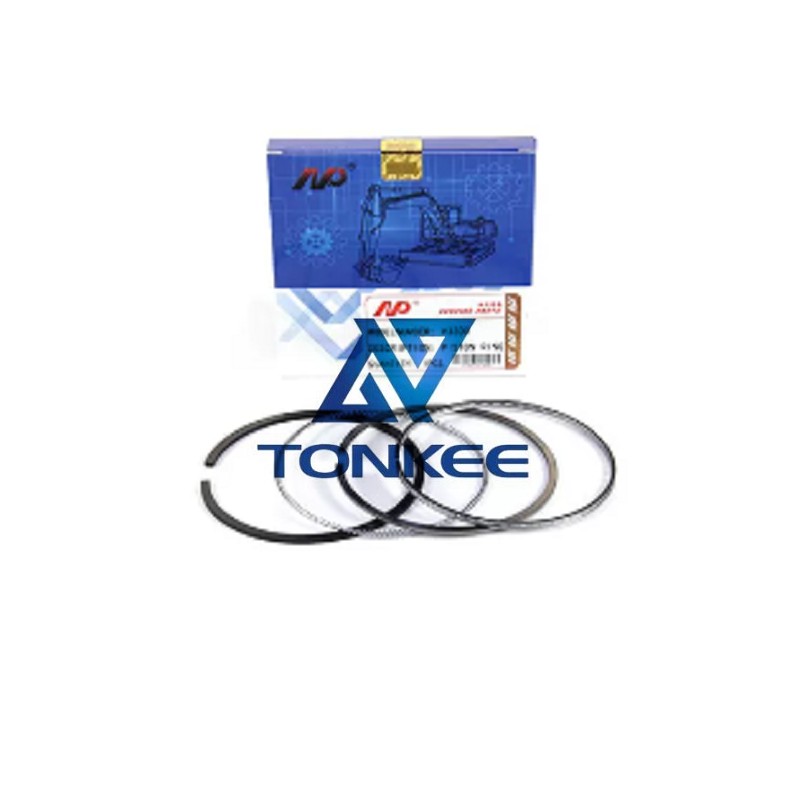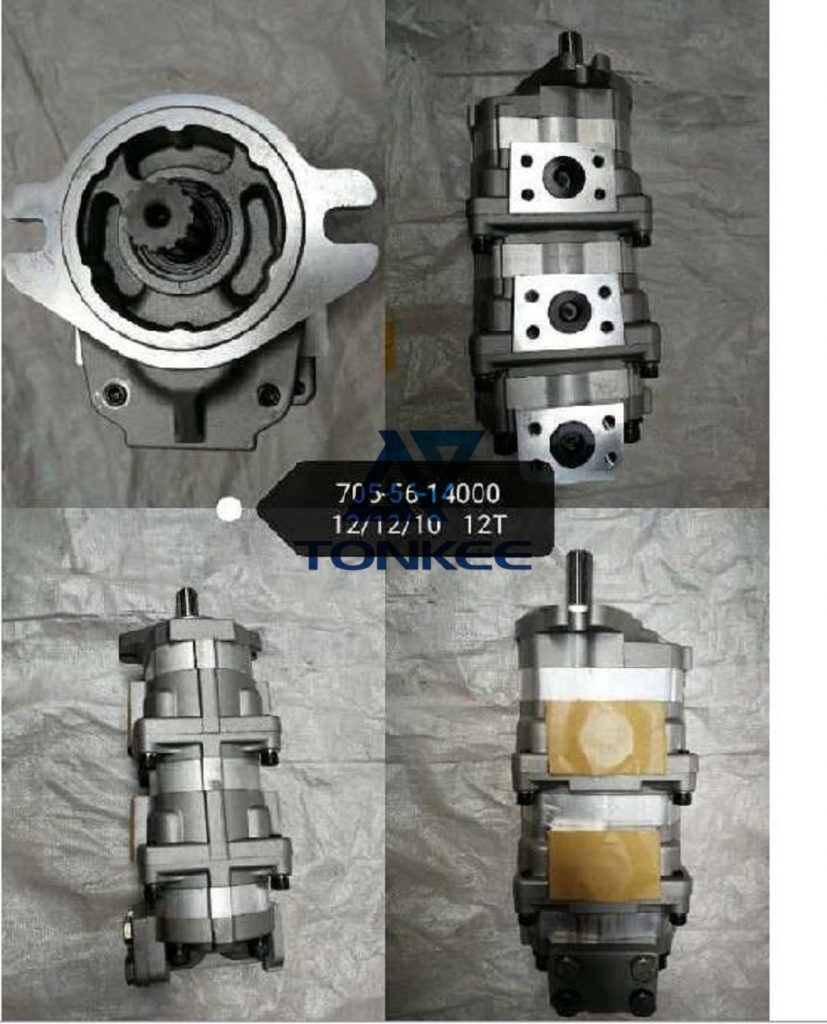
The piston rings used in Kubota V3300 and V2403 excavator engines are precision-engineered components designed to seal the gap between the piston and the cylinder wall.
They are typically made in various sizes and thicknesses to fit the specific engine model. The design of these rings ensures optimal compression and oil control to maximize engine efficiency and performance.
Materials:
Piston rings are typically made from high-quality materials to withstand the harsh conditions and extreme temperatures inside the engine. Common materials used for piston rings include cast iron, steel, and various alloys. These materials are chosen for their durability, heat resistance, and ability to maintain a good seal. The specific material used may vary depending on the engine model and application.
Functions:
Piston rings play a crucial role in the operation of the engine. Their primary functions are:
Compression Sealing: The main function of the piston rings is to create a tight seal between the piston and the cylinder wall. This seal is essential for maintaining compression within the combustion chamber, ensuring that combustion gases do not escape prematurely. Effective compression sealing is critical for engine power and efficiency.
Oil Control: Piston rings also serve to control the distribution of lubricating oil within the engine. They prevent excess oil from entering the combustion chamber and being burned, which can lead to increased emissions and engine deposits. Proper oil control helps maintain engine cleanliness and reduces oil consumption.
Heat Transfer: Piston rings are responsible for transferring heat away from the piston to the cylinder wall.
This heat transfer helps regulate the temperature of the piston and prevents overheating, which can cause damage to the engine.
Specifications:
The specifications of piston rings for Kubota V3300 and V2403 excavator engines may vary based on the specific application and engine model. However, some common specifications include:
Ring Types: There are typically three types of piston rings used in engines: compression rings, oil control rings, and scraper rings. Compression rings are responsible for sealing the combustion chamber, while oil control rings manage oil distribution. The specific configuration and dimensions of these rings may vary.
Size and Thickness: The size and thickness of piston rings are critical to ensuring a proper fit and function within the engine. These dimensions are designed to match the bore diameter of the cylinder and the groove on the piston.
Ring Material: The choice of material for the piston rings is essential. It should be durable, heat-resistant, and able to maintain its integrity under high pressure and temperature conditions.
Tolerance and Clearances: Proper tolerances and clearances are essential to ensure that the rings fit snugly within the engine and perform their sealing and oil control functions effectively.



 English
English Русский язык
Русский язык




